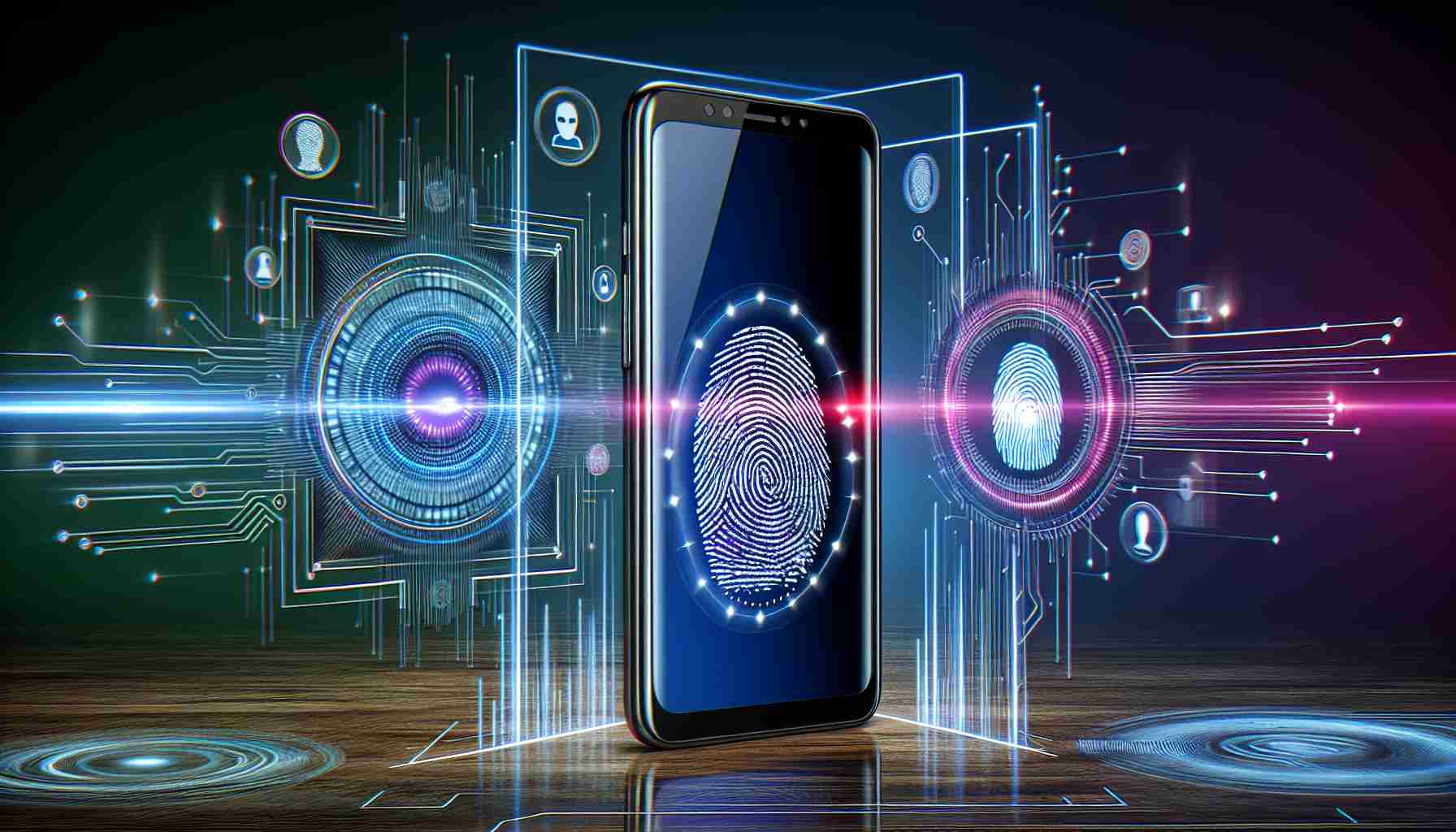A cutting-edge advancement in biometric technology is set to transform smartphone security as we know it. Replacing traditional optical scanners, the upcoming innovation in the Xiaomi 15 series smartphones will introduce ultrasonic scanners. These innovative scanners utilize sound waves to create highly detailed 3D fingerprints, offering unparalleled security and performance, even in adverse conditions such as wet or dirty fingers. Not only does this technology enhance security, but it also promises faster unlocking speeds, providing users with a seamless and efficient experience.
While specific details remain shrouded in mystery, the shift towards ultrasonic fingerprint scanning marks a significant leap forward in smartphone security. The Xiaomi 15 series is rumored to feature this state-of-the-art technology, hinting at enhanced user privacy and convenience. Scheduled for unveiling in November and equipped with the powerful Snapdragon 8 Gen 4 chipset, these upcoming devices are poised to set a new standard in the smartphone industry.
Although Xiaomi has yet to officially confirm these reports, anticipation mounts as users eagerly await further insights into the fingerprint scanning capabilities and other specifications of the highly anticipated Xiaomi 15 series. Stay tuned as the boundaries of smartphone security are set to be redefined with this groundbreaking biometric innovation.
The New Frontier of Biometric Technology in Smartphone Security
In the realm of smartphone security, the incorporation of cutting-edge biometric technology continues to evolve rapidly. While the recent introduction of ultrasonic scanners in the Xiaomi 15 series has garnered attention, there are additional noteworthy aspects to consider in this ongoing revolution.
What are the key benefits of ultrasonic fingerprint scanning technology?
Ultrasonic fingerprint scanning offers a more secure method of authentication compared to traditional optical scanning. The use of sound waves to map 3D fingerprints provides a higher level of accuracy, making it difficult for unauthorized users to mimic or bypass the system. Moreover, this technology is not easily affected by external factors such as wet or dirty fingers, ensuring reliable performance in various conditions.
What challenges or controversies are associated with this new biometric technology?
One of the primary challenges related to ultrasonic fingerprint scanning is the potential for false rejection rates, especially in cases where users have dry or scarred fingers. Calibration issues may also arise, impacting the accuracy of the system. Additionally, concerns regarding data privacy and security have been raised, prompting discussions on how manufacturers handle and store biometric information.
Advantages and Disadvantages of the Xiaomi 15 series with ultrasonic scanning technology
The upcoming Xiaomi 15 series equipped with ultrasonic scanners offers a leap forward in smartphone security and user experience. The advantages include enhanced security, faster unlocking speeds, and a seamless authentication process. However, potential disadvantages may include higher manufacturing costs, possible technical glitches during initial implementation, and the need for user education on proper usage to maximize the benefits of this technology.
As the smartphone industry embraces this new era of biometric innovation, users can anticipate enhanced security features while navigating potential challenges that come with the adoption of advanced technologies.
For more insights on biometric technology advancements and their impact on smartphone security, visit TechRadar. Stay informed about the latest trends shaping the future of mobile devices and digital security.




























